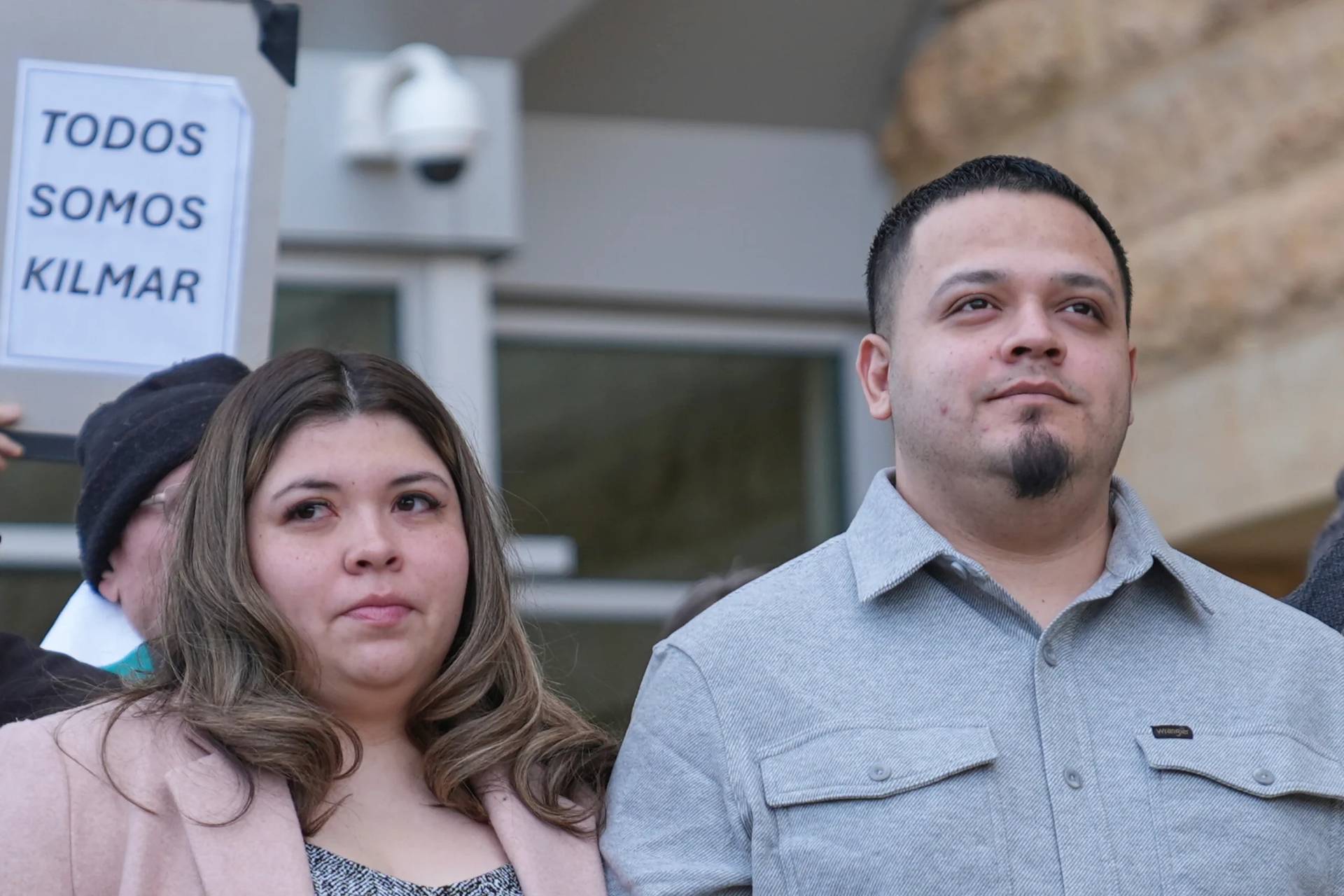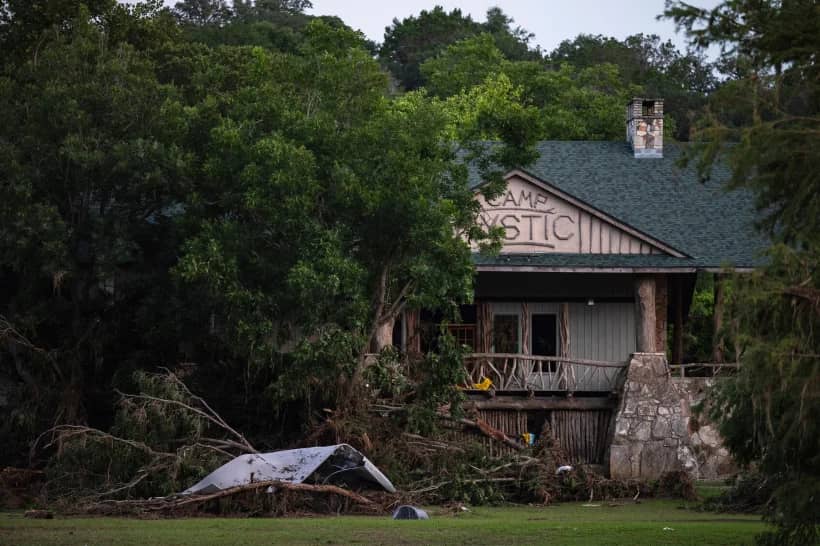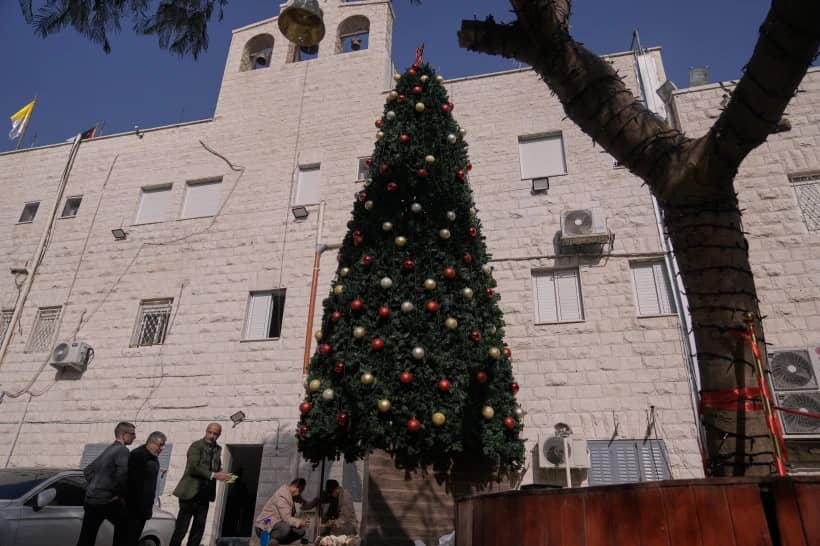DENVER, Colorado – In May, a century-old body was exhumed from Mt. Olivet Cemetery in Wheat Ridge, Colorado, a western suburb of Denver. This wasn’t an episode of “CSI” – for one thing, the exhumation took six days, not the five minutes generally required in TV crime dramas.
Nor was there any crime to be solved. On the contrary, the aim was to relocate the remains of an African-American Catholic woman buried in 1918 to Denver’s Cathedral of the Immaculate Conception, as part of the long process of declaring her a saint.
Julia Greeley was born into slavery, lived a life of poverty, and is now the first person to be interred at the cathedral in her adopted city of Denver.
Ask any journalist, and they’ll tell you that details matter. But trying to piece together the details of Greeley’s life is no easy task, which is one of the reasons Denver-based Capuchin Father Blaine Burkey wrote In Secret Service of the Sacred Heart: The Life and Virtues of Julia Greeley, published by the Julia Greeley Guild.

Greeley is undeniably an intriguing case.
She was born into slavery, but nobody can be quite sure of the year since she didn’t know herself. By most accounts, it was between 1833 and 1848, probably in Missouri, but also possibly in the Carolinas. She relocated to Denver, Colorado, between 1878 and 1880.
Many people who knew her mentioned she had a badly damaged eye, but some thought it was the right and some the left. (It was her right eye.) How her eye was damaged is also not certain. The most common theory was that it was damaged by a master’s whip, but whether she was the intended victim or her mother, since she was holding onto her mother’s skirt at the time, isn’t known.
Even her last name’s origin is not clear, and is a subject of some debate. Some say she gave it to herself to honor Horace Greeley, who campaigned for emancipation of slaves.
What is certain is the date of her death – June 7, 1918 – and her ceaseless dedication to the poor and to the Church. At her funeral, which was not publicized, the pews were full of people who came to view someone they already saw as saintly. They did so for a full five hours, a cross-section of the poor and the wealthy, the black and the mostly white.
The social editor of the Denver Post at the time wrote, “Poor, old, alone, far from her native home, Julia Greeley did not ask charity or sympathy; she gave both in unstinted measure, and, according to her giving, she received the good will of those whose lives touched hers.”
Greeley’s one-time and well-known employer, Julia Gilpin, a wealthy white Denver socialite, was a Catholic, and was credited for bringing Greeley to the Church by Greeley herself.
Once, when Greeley was advised to ask Gilipin to leave her some money in her will, she responded: “Oh, she gave me sumpin more’n money; she gave me my faith.”
As a member of the Catholic Church, Greeley took her new faith deeply to heart. One of the things she was most known for was handing out Sacred Heart League leaflets to build up Denver’s Sacred Heart parish. Father Charles A. McDonnell, S.J., said, “There was not a fireman, Catholic or non-Catholic, in Denver who did not know old Julia, for she never missed a month going the rounds with the leaflets.”
Burkey said he couldn’t help but be fascinated by such a gripping tale.
“The people that I’ve met who have been moved by her story have animated me,” he said. “[It’s] a contagion sort of thing. I was immediately struck by the story of her returning mercy instead of hatred for what people had done to her.”
Burkey’s book also shines a light on a somewhat more soap opera aspect of Greeley’s life, which happened during her employment with Gilpin, who was the wife of Colorado’s first territorial governor.
Greeley came to work for the family from Julia Gilipin’s sister’s house in St. Louis, although even the dates of her move to Denver and when she left the Gilpins’ household are in question. In any event, it’s one of the more melodramatic pieces of Greeley’s life story. The former governor sued his wife for divorce, accused her of planning his murder, and accused Greeley of being a “lewd and unprincipled woman” and of being a conspirator in a plot to murder him and to kidnap his children.
Burkey found and printed the entire court transcript in his book, and under cross-examination, Gilpin’s story unraveled. He won his case against his wife for divorce, but later it was overturned by the state’s Supreme Court. Apparently, his fear of his wife and her supposed conspirators was allayed, as they got back together a few years later.
The governor was not so generous to Greeley, however. He blackballed her around town, and made gainful employment very difficult. She even found herself working in the kitchen of a brothel for a week, before Julia Gilpin told her she could not work in such a place. After that, she had no permanent place of employment and bounced from situation to situation.
No matter her own troubles, she never forgot those on the peripheries, even more than she was. She begged for money and other things, all of which she gave to those she saw as in greater need than herself. According to Burkey, it’s not clear that she even saw herself as in need, since she gave away all that she was given or earned.
According to those who knew her or witnessed her in action, she often helped needy families under cover of darkness, so they wouldn’t be embarrassed to be seen taking assistance from an African-American woman. One image that gets mentioned again and again is that of her carrying a mattress on her back to someone in desperate need of a place to sleep, while she herself sometimes slept with animals when she couldn’t find a bed.
The process of becoming a saint in the Catholic Church is notoriously difficult, and also long – it sometimes can take centuries, despite reforms under St. John Paul II intended to speed things up. In Denver, the Julia Greeley Guild, is doing what it can to keep her memory alive.
Denver’s Archbishop Samuel J. Aquila has petitioned to open a cause, so Greeley is now recognized in Rome as a “Servant of God.”
Dr. Waldery Hilgeman, an official Roman Postulator, has been hired by the Archdiocese of Denver to advise the process, and will later direct things in Rome. Aquila appointed a historical commission to collect information on Greeley’s spiritual life and virtues, devotion to her, as well as her reputation as an intercessor.
Greeley’s exhumation was overseen by another commission, and yet another group will take sworn statements of people involved in the recent spread of Greeley’s cult. All of this information, perhaps as soon as in the next year, will make its way to the Vatican’s Congregation for the Causes of Saints, where more things will need to happen, most famously two recognized miracles.
It takes a village to make a saint.
In the meantime, people in Denver and beyond have already seen holiness in the person and life of Julia Greeley. Denver’s past bishop, now Emeritus Cardinal, Francis Stafford, said: “She stopped people in their tracks. They were filled with wonder. Her countenance unearthed a hidden grace of the highest value.”
Stafford talked of opening a cause for her sainthood but never did. The next head of Denver’s Church, Archbishop Charles Chaput also discussed it, and after taking a new assignment in Philadelphia, he said he felt it should be done.
Why it’s taken so long to get things underway is an open question. Burkey has some theories, which he published in a newsletter written by him. “The delay could well be laid upon the not-so-subtle racism that inflicted the American Catholic Church during most of this time, putting black sanctity at the bottom of its agenda.”
To date there is no African American saint, although several causes are underway, including Pierre Toussaint and Henriette Delille, both of whom are now “venerable.”
Burkey says another reason could be that after interviews with surviving witnesses in the 1970s, “people came to believe that a cause had already been opened. It’s a thought still widely held today.”
Saint or not, plenty of things are happening now inspired by Julia Greeley. In 2011, the then-apostolic administrator of Denver, Bishop James Conley, approved a prayer asking Greeley’s intercession to start a shelter for homeless and single women in Denver, the Julia Greeley Home, launched by Capuchin Father Regis Scanlon.
A Denver-based organization called “Endow, Educating on the Nature and Dignity of Women,” now presents a “Julia Greeley Award” to recognize the “Genius of Women” as an annual event.
Back in May, even if Greeley’s exhumation wasn’t the stuff of high TV drama, there was one interesting twist illustrating that even a century later, Greeley’s memory is alive and well in Denver.
While the work was being performed, at one point firemen arrived to deal with what turned out to be a false alarm. The irony is that Greeley was well-known during her life for assiduously visiting Denver’s firehouses on foot, trying to draw the fire-fighters into the life of the Church.
Firemen in Denver thus knew her face and personality well. A woman interviewed on Channel 9, a local news channel, quipped, “I think personally that she (Julia Greeley) set off that alarm.”

















